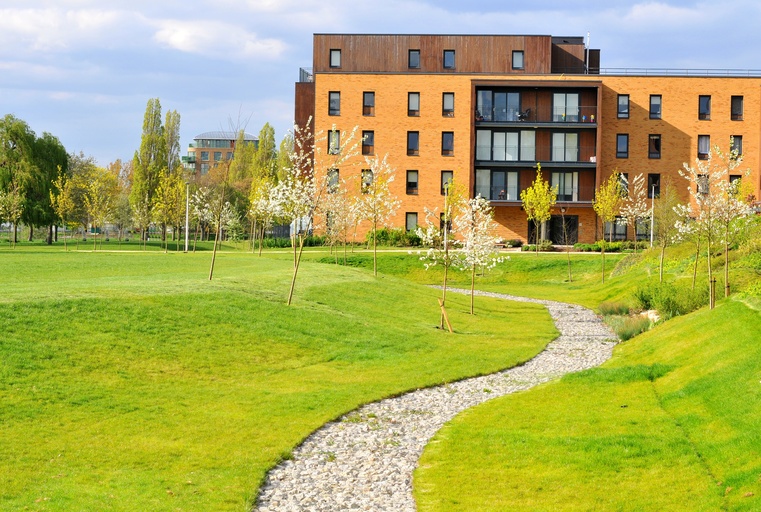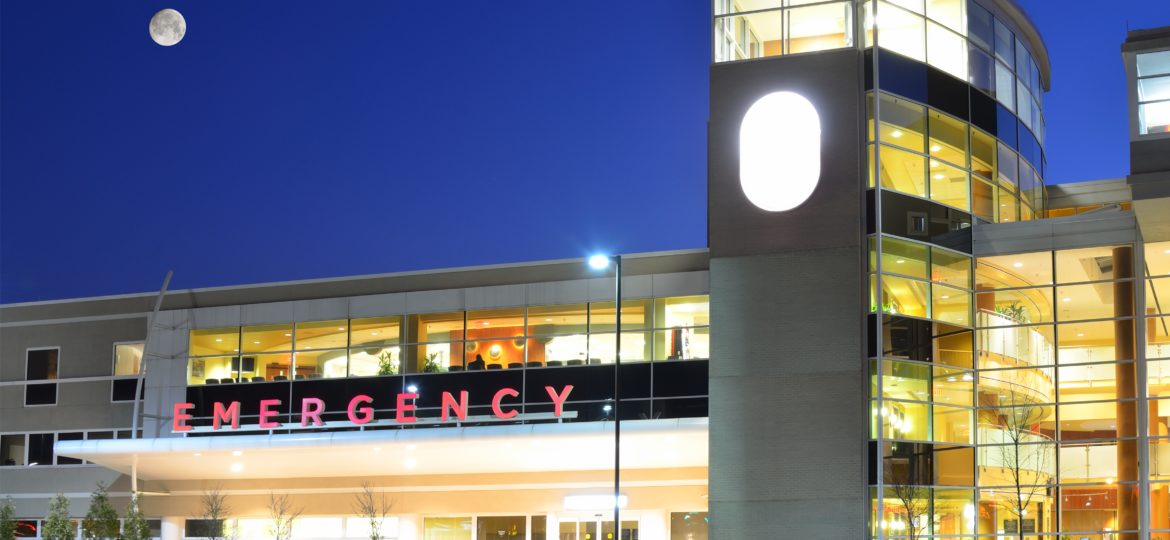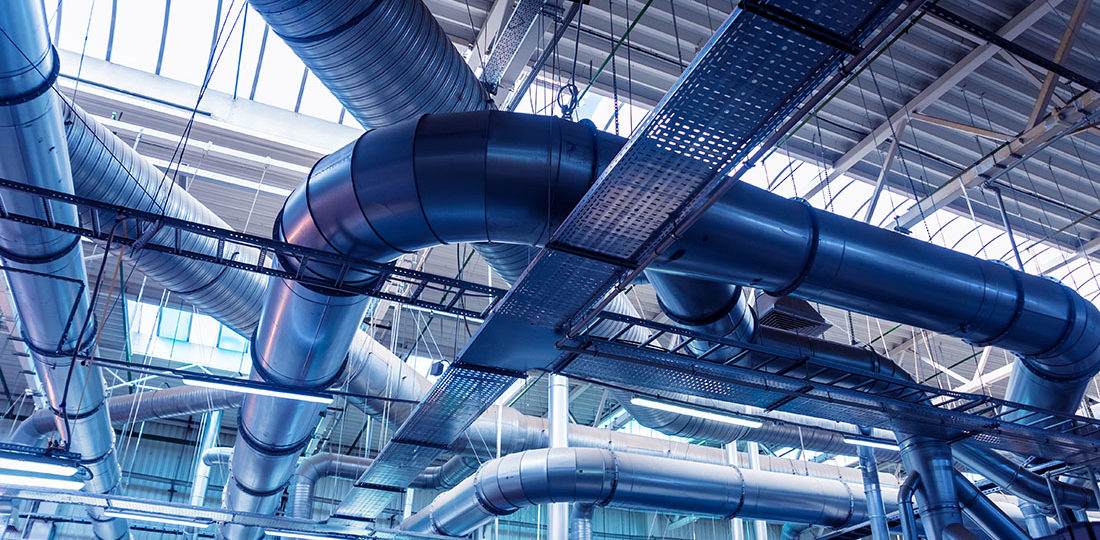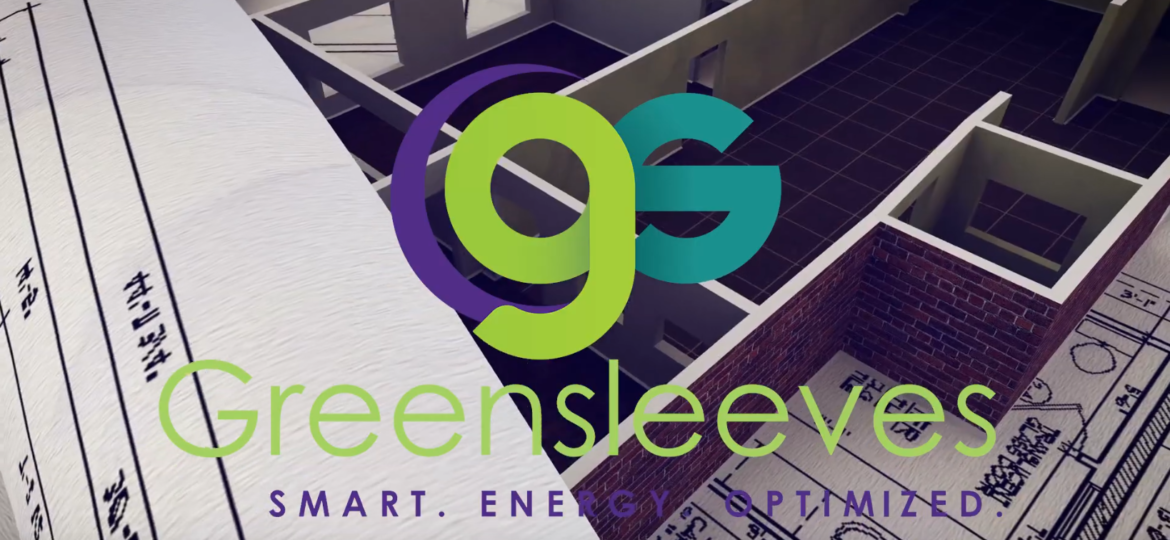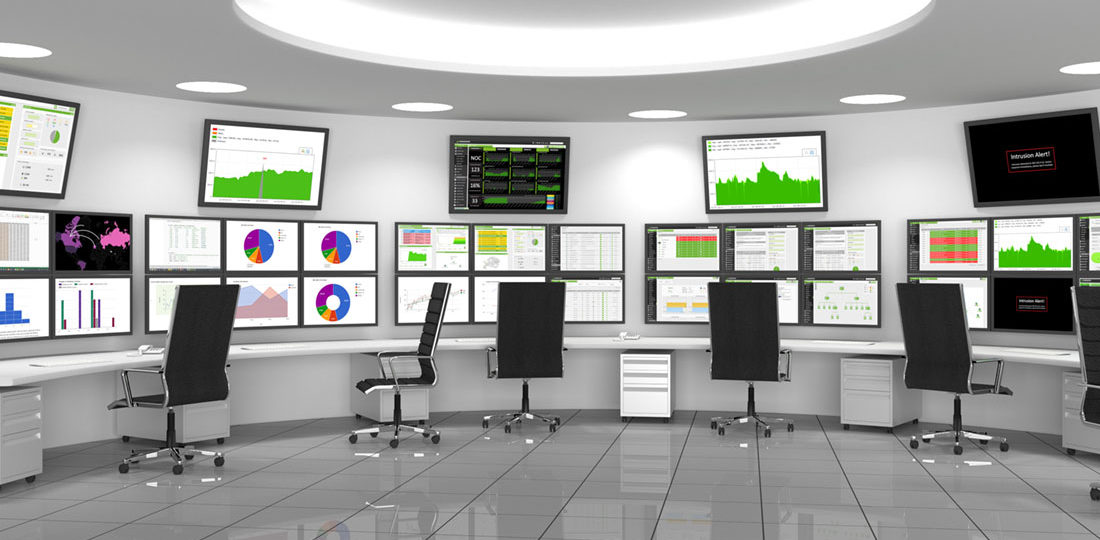Retirement facilities are a popular choice for many of our aging family members. And, just like most households, our family members in retirement facilities have unique heating and cooling needs based on their own body chemistry and health. This is precisely why some healthcare retirement facilities provide each residential unit with independent heating and air-conditioning
- Greensleeves Technologies Corp.
- 1354 E Broadway St, Toledo, Ohio 43605
- +1-419-420-1515
- ENtellect Account
- Log in to your account here
Latest News
Geothermal and Hospitals – The Perfect Energy Partners
It’s true, as a hospital you can lower both gas and water consumption and decrease health damaging CO2 emissions. How? By simply incorporating optimized geothermal energy into your existing and new facilities. It’s that easy! As it is, healthcare costs and risks are high enough. No hospital wants to needlessly waste money on gas and
Geothermal Technology Cuts Costs in Schools
Our schools have the very challenging goal of providing our youth with more education using less money. Many schools are maximizing their education dollars by reducing their operating and maintenance costs. Unfortunately, this balance is not sustainable unless schools can deliver more cost-effective and efficient heating and cooling for the students, faculty, and staff. More
Renovating with Geothermal
Once a decision has been made to replace or upgrade an outdated HVAC system, it is time choose a system that offers the most energy-efficient options. Geothermal systems offer coefficients of performance between 3.4 – 6.0. That’s 340% to 600%! This is more efficient than any other HVAC system in the marketplace today. In addition,
Geothermal and the US Military – Working Together
US military installations support the troops protecting America’s people and our National interests at home and abroad. The US Energy Department has been attempting to trim the Federal government’s annual energy bill and is actively working with our military bases to reach specific energy and greenhouse gas reduction targets. An important function on any military
Lowering grow house energy costs
The main task of grow houses is to provide optimized conditions for plant development at the least cost. Although most modern grow houses are exceptional at managing energy from the sun, they have been forced to use unnecessarily expensive supplemental energy from natural gas, fossil fuel, space heaters, forced air, hot water, steam, and electricity.
Geo at the Farm
Farms are not just for crops anymore. They’re also an ideal location for a geothermal system. Why? Because there’s plenty of available land. This allows the end user to inexpensively take advantage of geothermal energy: the best energy source. How? By using a horizontally excavated field. Compared to vertically drilled borefields, horizontal fields are extremely cost competitive and
Geothermal pros and cons.
It’s true: historically, geothermal energy had a bad reputation. For years people thought it was more expensive than conventional HVAC, it took up too much space, and it was impossible to properly design. That is no longer the complete picture. The reality is that when it comes to geothermal and hybrid geothermal systems the initial
Design “rules of thumb” and why to avoid them.
In many industries, there are rules of thumb that are followed. Are these rules, though, always the best method? The Oxford dictionary defines “rule of thumb” as: A broadly accurate guide or principle, based on practice rather than theory. The problem with rules of thumb in the geothermal industry is that they more often
Monitoring for better effectiveness
Would you operate a car if it did not have the benefit of a dashboard with performance information? If you’re operating a GHX system without monitoring it’s the same thing: like driving a car without a dashboard. You can do it, but why take the risk? When it comes to geothermal heating and cooling systems,

